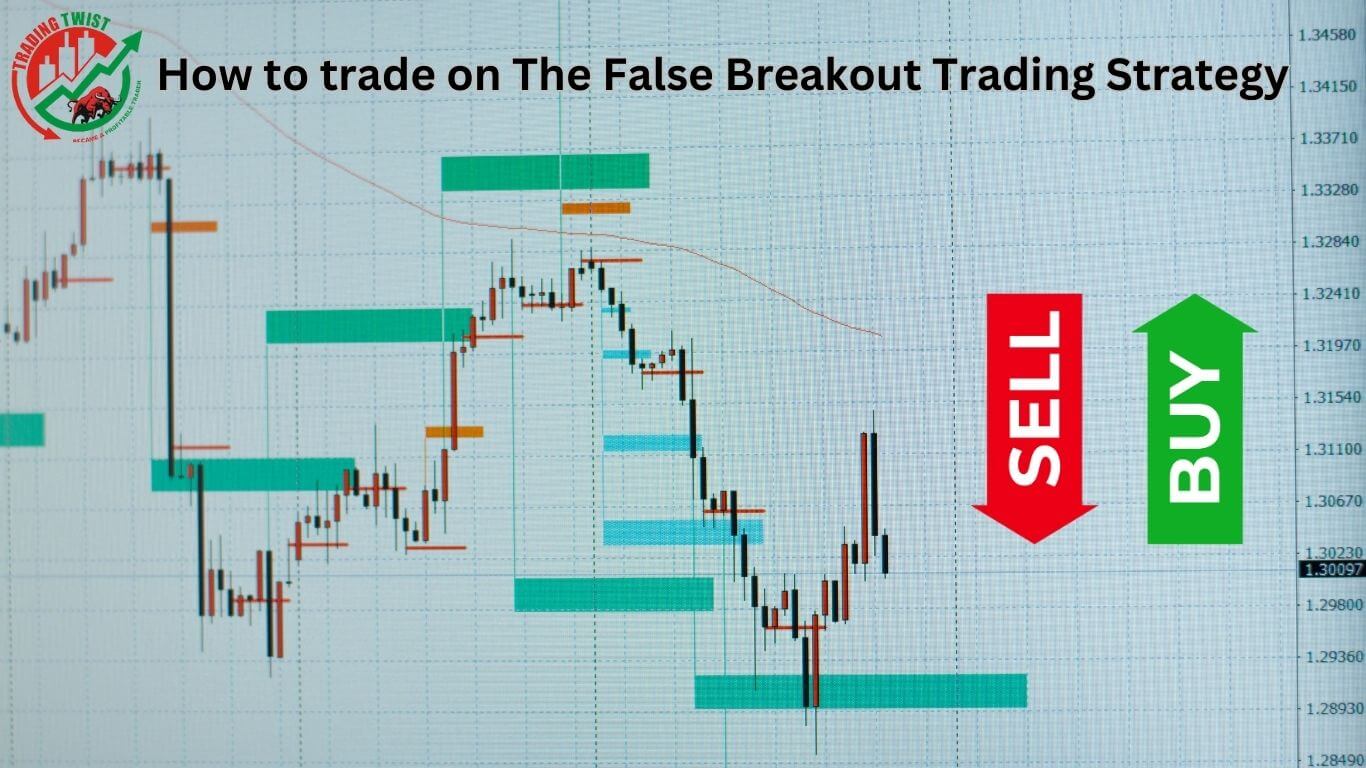
The false breakout trading strategy is a popular approach used by traders to take advantage of market volatility and profit from market trends. It involves identifying key levels of support and resistance and waiting for a false breakout to occur before entering a trade in the opposite direction.
A false breakout occurs when the price temporarily breaks through a key support or resistance level but then quickly reverses, signaling that the breakout was not genuine. This can create a trading opportunity for traders who are able to identify false breakouts and enter trades at the right time.
Identifying Key Levels and Price Action Signals
To successfully trade the false breakout strategy, traders must be able to identify key levels of support and resistance and recognize price action signals that indicate a false breakout. This may involve using technical analysis tools such as trend lines, moving averages, and chart patterns to identify key levels and potential entry and exit points.
Traders must also be able to read price action signals such as candlestick patterns and volume indicators to confirm the validity of a false breakout and determine when to enter or exit a trade.
Setting Up Entry and Exit Points
Once key levels and price action signals have been identified, traders can set up entry and exit points for their trades. This may involve using limit orders or stop orders to enter and exit trades at specific price levels, or using more advanced trading strategies such as trailing stops or profit targets to manage risk and maximize profits.
Managing Risk with Stop Loss Orders
Risk management is an essential component of any trading strategy, and the false breakout strategy is no exception. Traders must be able to manage risk effectively by using stop-loss orders to limit potential losses and protect their trading capital.
Stop loss orders are placed at a predetermined price level and are designed to automatically close out a trade if the price moves against the trader. By using stop-loss orders, traders can minimize their risk exposure and protect themselves from significant losses.
Using Technical Indicators to Confirm Trades
Technical indicators can be useful tools for confirming trades and providing additional insight into market trends and price movements. Traders may use indicators such as the relative strength index (RSI), moving averages, or momentum indicators to confirm the validity of a trade and determine whether to enter or exit a position.
Monitoring Market Conditions and News Events
Monitoring market conditions and news events is essential for successful trading, particularly when using a strategy such as the false breakout approach. Traders must be aware of potential market-moving events such as economic releases, political developments, or changes in interest rates, and adjust their trading strategies accordingly.
Implementing a Trading Plan and Journal
Developing and implementing a trading plan is crucial for consistency and discipline in trading. Traders should have a clear set of rules and guidelines for entering and exiting trades, managing risk, and monitoring their progress.
Keeping a trading journal can also be helpful for tracking performance, identifying areas for improvement, and maintaining a record of past trades.
Analyzing Trade Performance and Making Adjustments
Analyzing trade performance and making adjustments is an important part of refining and improving a trading strategy. Traders should regularly review their trading journal and performance metrics to identify areas for improvement, make necessary adjustments to their strategy, and continue to learn and grow as traders.
Developing Discipline and Patience as a Trader
Discipline and patience are key traits for successful traders, particularly when using a strategy such as the false breakout approach. Traders must be able to maintain a long-term perspective, avoid impulsive decisions, and stick to their trading plan even in the face of market volatility and uncertainty.
Seeking Additional Education and Mentorship
Finally, seeking additional education and mentorship can be a valuable way for traders to improve their skills and stay up-to-date with the latest resources and strategies. This may involve attending trading seminars or webinars, reading books or articles on trading, or seeking out a mentor or coach who can provide guidance and support.
By continually seeking out new information and strategies, traders can improve their skills, expand their knowledge base, and ultimately become more successful in their trading endeavors.








